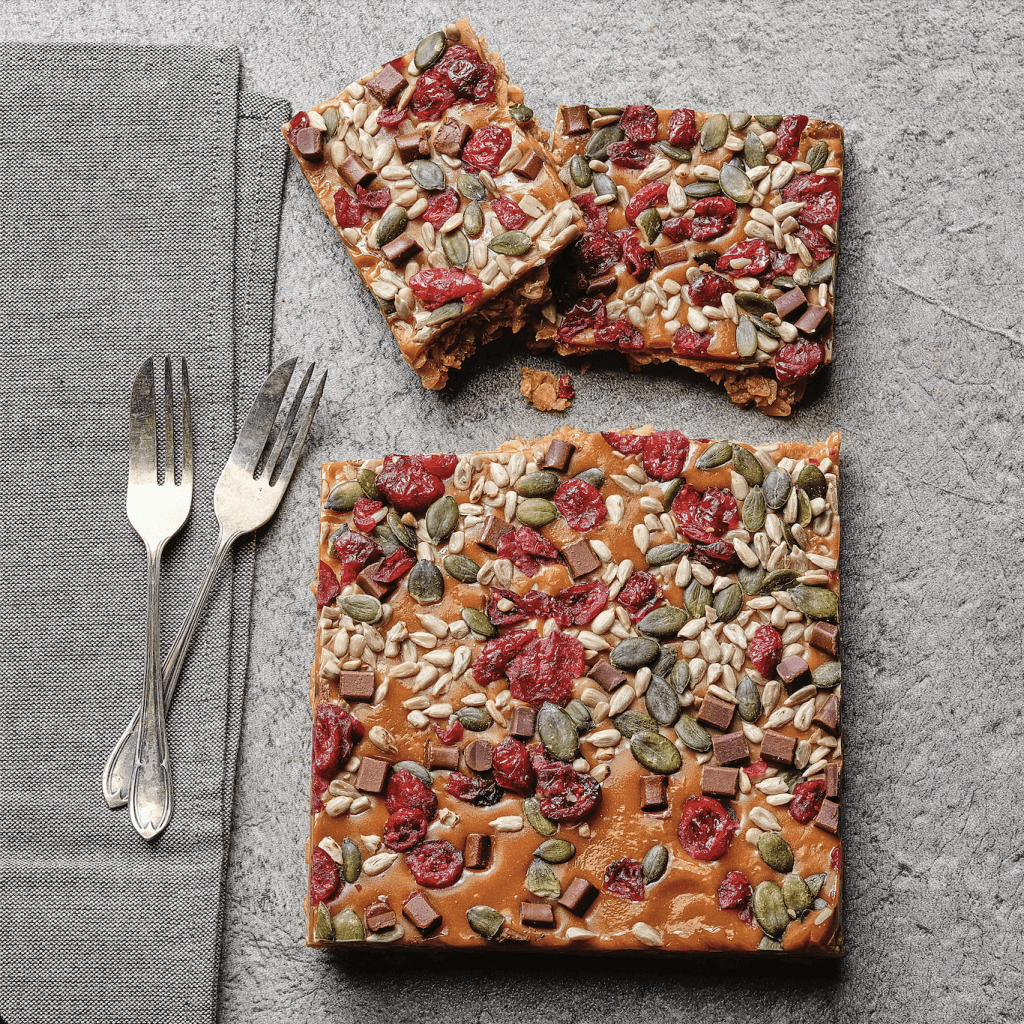An insight into Frozen Bakery
Frozen bakery products come in two formats; thaw and serve, or bake off. Both types of frozen bakery are ultimately used to maintain the products’ freshness, and with a shelf life of 6-12 months, they’re an attractive proposition for the wholesale market. According to the forecast of Markets & Markets Research (USA), the total global frozen bakery market will grow from $22.3 billion in 2021 to $29.5 billion by 2026, at an average annual growth rate of 5.8%. And with 55% of the market being covered by flour confectionery, including cakes, muffins, brownies and more, there’s a clear high demand for frozen baked goods.
What are the Drivers for Frozen Bakery Products?
Convenience
With the expanding number of working professionals and the growing appeal of convenience foods, frozen baked products are becoming increasingly popular. Well-known in-store bakeries, coffee chains, cafés, and quick-service restaurants, for example, are quickly capitalising on the potential associated with frozen baked goods. As a result of greater convenience, availability and a wide variety of product diversity, the sector is experience growing demand from consumers, food chains and coffee shops alike.
Freshness
Frozen baked products solve the question of freshness. When freezing any baked foods, it adds a life expectancy to that product by up to 18 months, without any preservatives. Freshly frozen food is a growing trend as many consumers take into consideration the expiration dates on the product labels when buying a product. According to a recent survey undertaken by DSM, out of 5,000 people across 10 countries, 73% of people said that freshness is a key factor in consumer demand.

Busy Lifestyles
Factors such as busy lifestyles and an increase in the number of working women have affected the rise in demand for frozen products. As a result of hectic lifestyles, many people are shifting their diets to frozen bakery products, which require less effort to bake. These convenient products are not only timesaving, but also healthy, making them an attractive product for many working professionals.

How can the Bakery Industry Respond?
Innovation
As Europe leads the frozen bakery market globally, it’s important to differentiate your products from what’s already on the market. One way to do this is through innovation and new product development, which are gaining prominence in the indulgence sector.
Healthy Snacking
In more recent years there’s been a rise in demand for healthy sugar-free and gluten-free bakery products due to an increase in health concerns. As a result of this, natural ingredients and healthy alternative sweeteners are being widely used across many frozen bakery products. As bakeries, coffee chains and cafes, for example, are becoming more aware of this, having new healthier recipes have given a boost to the sales of frozen bakery products.
So Why Choose Frozen?
Frozen bakery products are beyond convenient; a major factor benefitting this sector. Bake-off products can be used by commercial outlets such as fuel stations, hotels, restaurants and in store bakeries where the products can be baked as required, producing that tempting, delicious scent. Not only are they practical to have as the only requirement is to bake, but they also save on production and preparation time.
Efficiency is another advantage of frozen products as they can be shipped anywhere in the world using cold chain supply logistics, and still arrive in perfect condition to the end user. Moreover, these products are able to be packaged in resealable packaging, which encourages the correct number of quantities to be defrosted and baked, reducing waste in the process.
In effect, frozen bakery is convenient, effective and reduces waste, making it the way forward and a future trend that shouldn’t be overlooked.